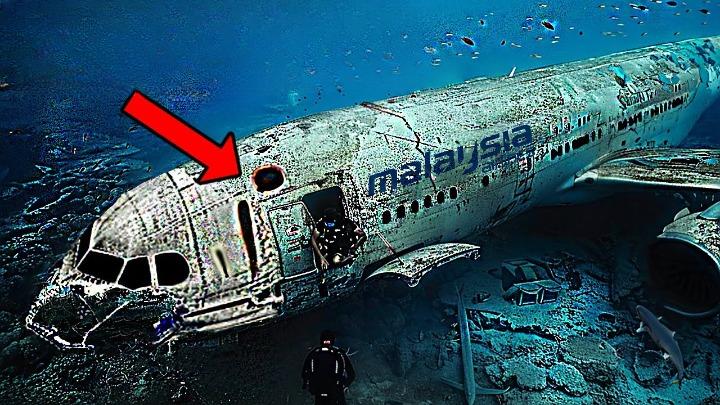Breaking News: Unraveling MH370: Intriguing theory about the flight that vanished 10 years ago, researchers forced to abandon

The disappearance of Malaysia Airlines Flight MH370 remains one of the most enduring and perplexing mysteries in aviation history. On March 8, 2014, the Boeing 777 vanished from radar screens while en route from Kuala Lumpur to Beijing, carrying 239 passengers and crew. Despite an exhaustive search effort spanning several years and vast oceanic regions, the aircraft’s final resting place remains undiscovered. As we approach the ten-year mark since the disappearance, researchers and theorists continue to explore various hypotheses, though some have had to admit defeat in the face of this enigmatic case.
The official investigation, led by the Australian Transport Safety Bureau (ATSB), focused on satellite data, radar analysis, and debris found on the shores of the Indian Ocean. The Inmarsat satellite data suggested that MH370 veered off its planned course and headed south over the Indian Ocean. Despite extensive underwater searches in the identified probable crash zone, the main wreckage eluded detection.

One of the most discussed theories involves Captain Zaharie Ahmad Shah, who may have intentionally diverted the aircraft. This hypothesis suggests that the captain, struggling with personal issues, planned a murder-suicide. Evidence supporting this includes the plane’s controlled turns and altitude changes, which some experts argue could only be executed by someone with significant flying experience. However, definitive proof of this theory remains elusive.
Another prominent theory is that a sudden depressurization event occurred, causing hypoxia (oxygen deprivation) in both the passengers and crew. In this scenario, the aircraft could have flown on autopilot until it ran out of fuel and crashed into the ocean. This hypothesis is supported by the lack of distress signals and the seemingly programmed flight path deviations, suggesting that no one was actively controlling the aircraft during its final hours.

While less popular, some researchers suggest a catastrophic technical failure as a potential cause. This could include an electrical fire or a massive systems malfunction that incapacitated the crew and passengers, rendering them unable to send a distress signal. However, critics of this theory argue that the aircraft’s redundancy systems would likely have prevented such a failure from going unnoticed.
The search for MH370 has been one of the most extensive and costly in aviation history. After several years of underwater exploration and significant financial investment, the official search was suspended in 2017. Subsequent private search efforts, notably by the company Ocean Infinity, also failed to locate the wreckage despite using advanced technology and methodologies. These efforts were driven by the hope that new data or technology might finally unlock the mystery.

Despite the cessation of active search efforts, the mystery of MH370 continues to captivate researchers and the public alike. Some believe that new technologies, such as improved sonar and underwater drones, may eventually provide answers. Others suggest that only a new piece of crucial evidence, such as additional debris with identifiable markings, will lead to a breakthrough.
As we approach a decade since the disappearance of MH370, the lack of concrete answers only deepens the intrigue surrounding this aviation enigma. Theories ranging from pilot involvement to technical failure have been explored, each with its own set of supporting arguments and unresolved questions. While the official search may have been abandoned, the quest for answers endures, driven by the hope that one day the true fate of Flight MH370 will be uncovered, bringing closure to the families of those lost and to a world still searching for answers.











